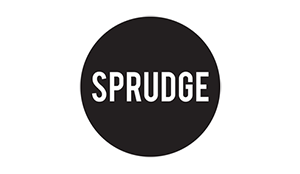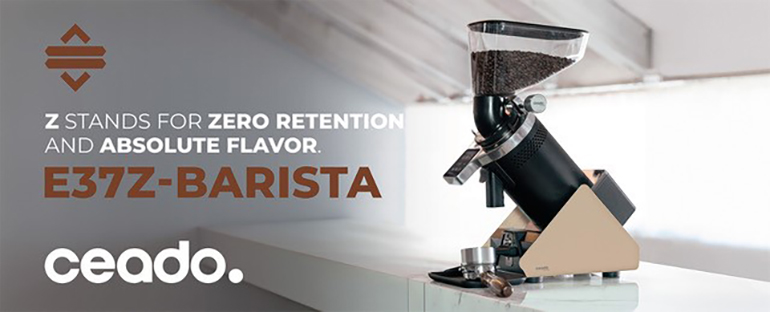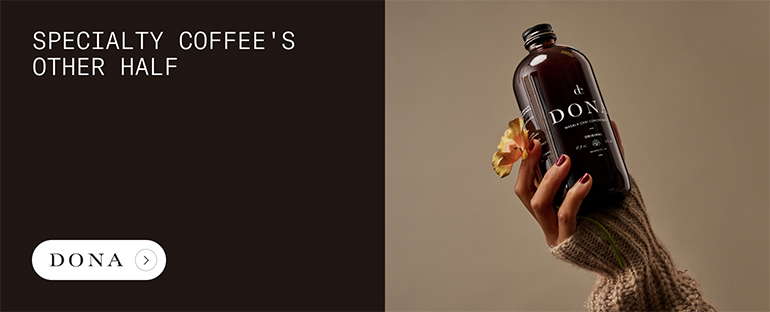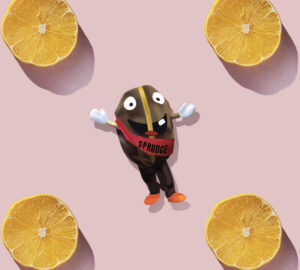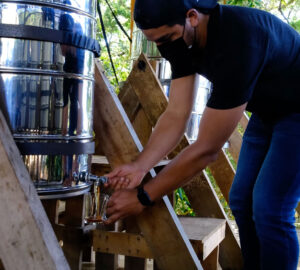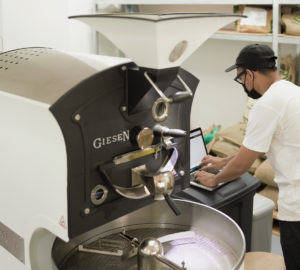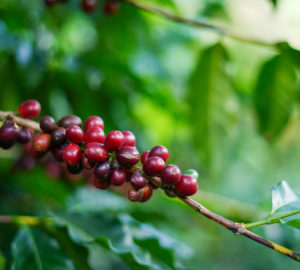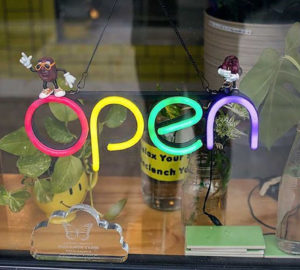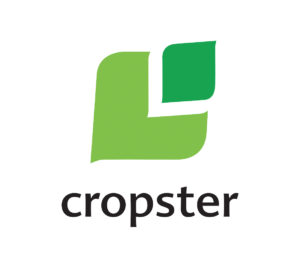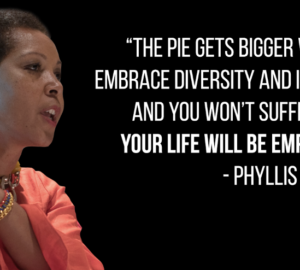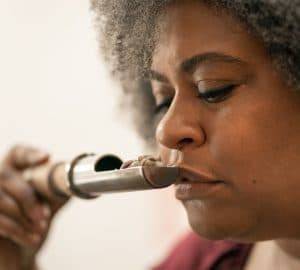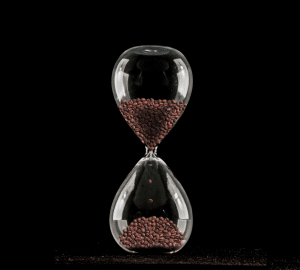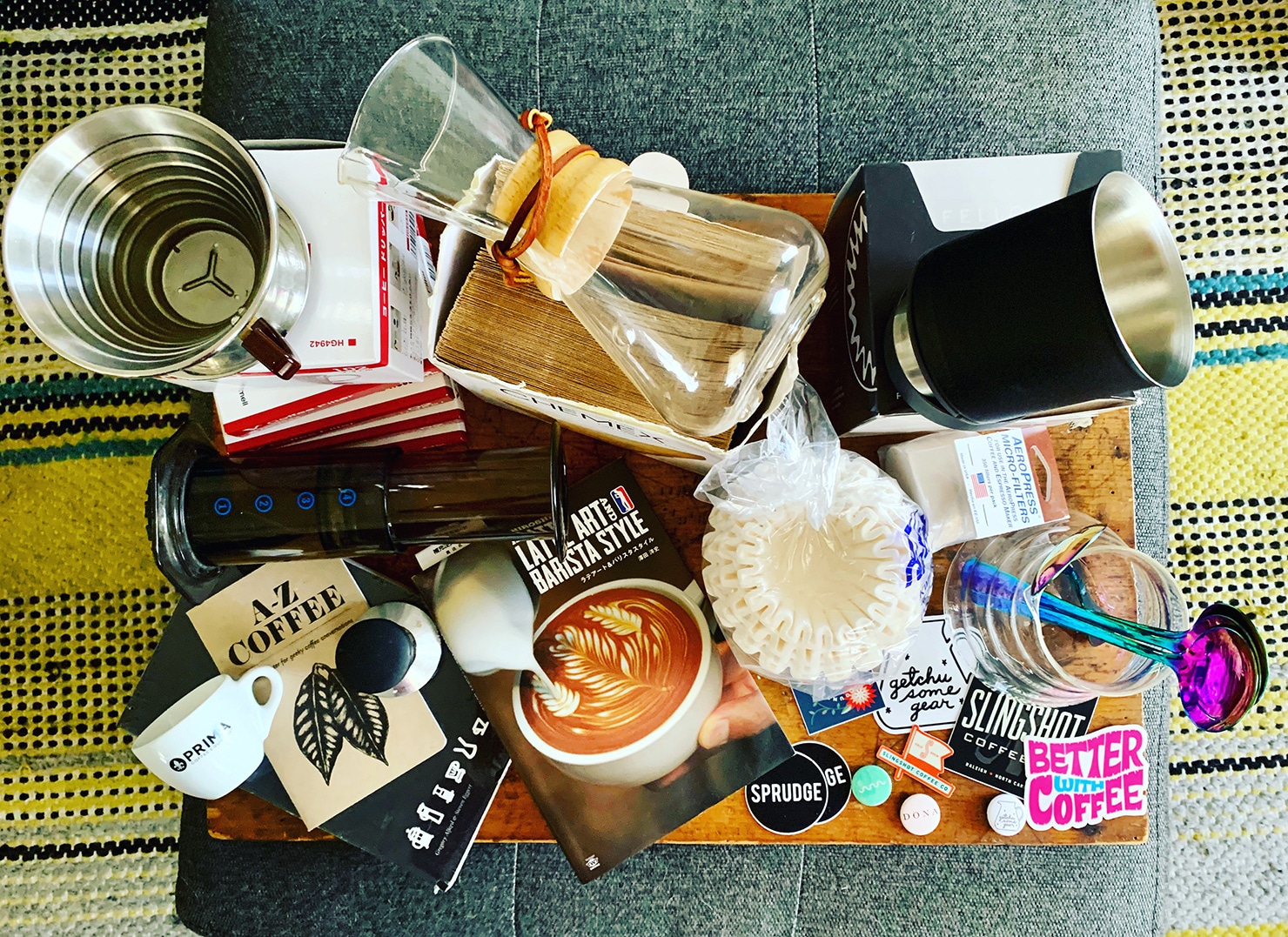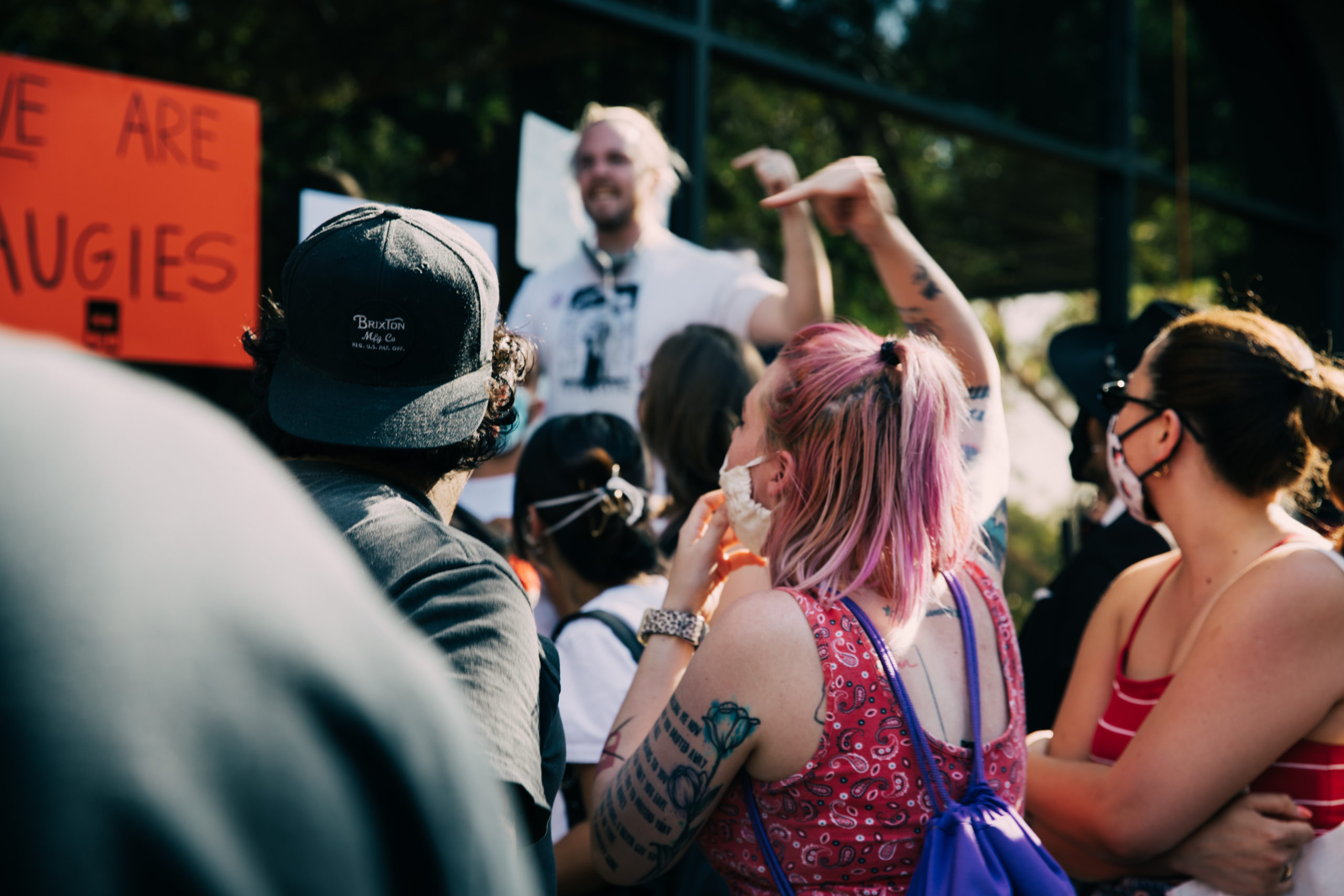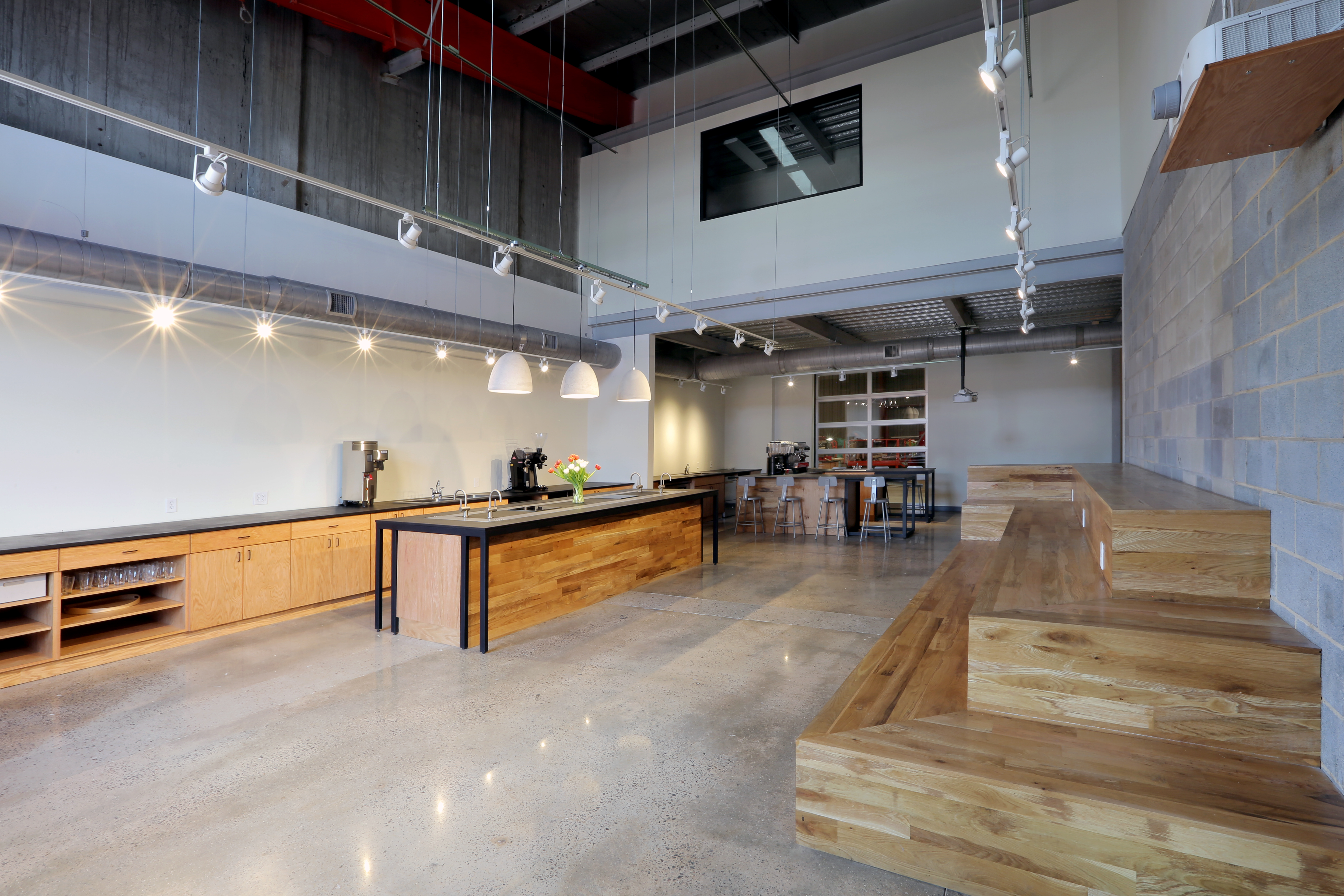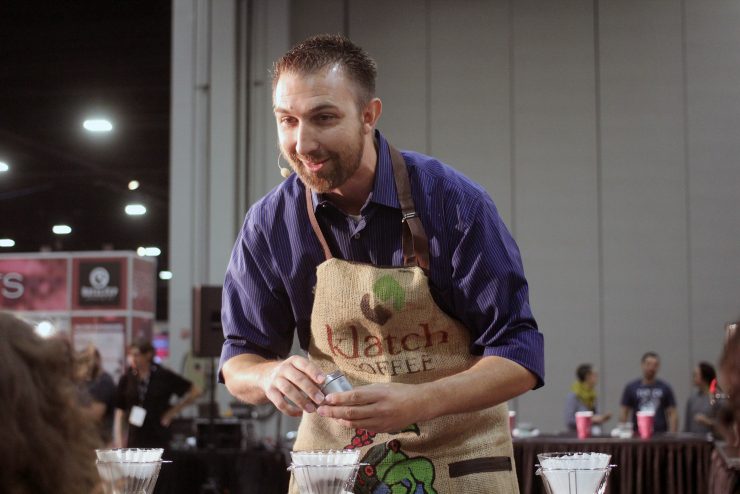
For the second time in three years, Todd Goldsworthy of Klatch Coffee in Los Angeles is the US Brewers Cup champion. Goldsworthy used a naturally processed Gesha from the Peterson family’s Hacienda La Esmeralda in Boquete, Panama; he worked with coffee from the same farm in his 2014 win. The winning recipe used 350 milliliters of water heated to 205 degrees Fahrenheit at a TDS reading of 100, poured over 28 grams of coffee in a Kalita Wave.
We caught up with Goldsworthy by phone in LA to discuss his win, his first-hand farm experience in Panama, and his upcoming competition in Dublin.
Congratulations on your US Brewers Cup title. How does this win compare to your first Brewers Cup title?
For me, it was just a new and different challenge. I competed in 2013 and in the regionals I got last place. [So] my goal going into 2014 was just trying to get to the finals. The win was a little more shocking because of the previous year. This year was just trying to stay focused on the basics of brewing a great cup of coffee.
Also, there are so many great competitors getting into this competition, and it’s getting harder. It’s still a lot of shock and excitement, but a lot of hard work and a lot of tiring days. I’m stoked—I can’t wait to get back on the world stage.
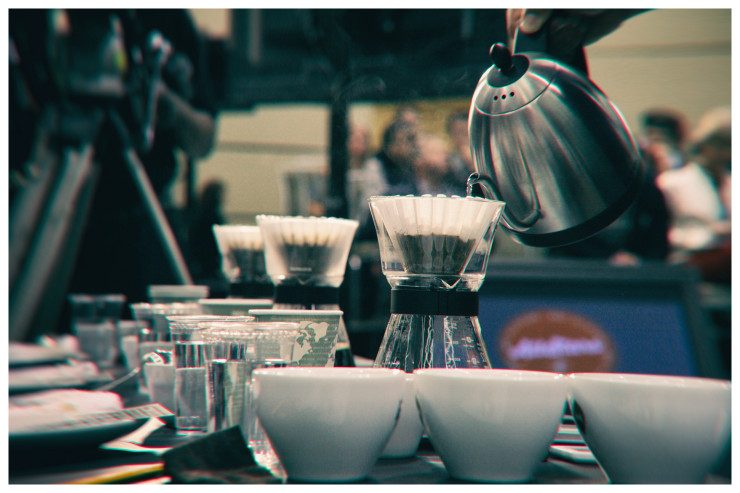
How did you choose your coffee for the nationals?
I went down to Panama in March. I’ve worked with La Esmeralda and the Peterson family for 2014, 2015, and again this year. So I have a great relationship with them and [have gotten] to know them. Being able to comfortably talk about the Petersons and what they do [helps] me say, “They have great coffee and I can brew it, make it taste great, and have people talk about it as well.”
I spent a couple of days [down there] with Rachel and Daniel and Price [Peterson]. I showed up and just started juicing their coffees. While I was there, I also got to visit with some other friends in Panama, [like] Wilford Lamastus of Elida Estate. [Klatch has] carried his coffee for almost 10 years.
So, you can put some of his coffee on the table with the Esmeralda ones for comparison. It was basically table after table of cupping and picking my favorites from each. [There were] two coffees it was between. Rachel had re-roasted them that night so I could have another roast profile of the final two before I chose and said, “Okay, I’m comfortable. This is the coffee I want to brew in the competition.”
What was your approach both from the roasting side of it and then the brewing profile to maximize the potential of that coffee that you chose?
I’m not a roaster personally so I leave a lot of that up to Mike Perry, the owner of Klatch. At the same time, he keeps me involved in it every step of the way. He roasted five different sample roasts of it when I got back. I cupped it with him, and also with Heather and Holly Perry. The three of them helped me in different ways. People ask, “Whose your coach?” It’s really all three of them.
So then we cup it every day for the next eight, nine days trying to see where it peaks best. We went through another five production roasts of each one, making it slightly different, trying to figure out exactly where we wanted it. In the end, I actually brought three different roast profiles to Atlanta and blended [them] to get the flavor and characteristics I was looking for.
From a brewing side, it’s the same thing. Every time I got a production roast done, I would have around eight 10-ounce bags. Each day I cupped the coffee and would try different brew methods with them. I tried different recipes, different ratios, different waters, different grinds, different grinders.
All throughout I’m also working on my presentation, on my efficiency and workflow. Working through the entire routine, constantly testing different things. But I lean toward flat bottoms, so I was like, “Okay, I’m doing a flat bottom.”
I started testing the ceramic. I actually ordered the Kalita ceramic from Amazon. I’d never used it before, I always used the glass and a little bit of stainless steel. Sometimes they have better aromatics on one than another. Some have better acidity, some that bring out the body. So I was just trying to find the right balance of what I thought was going to [result in] the best cup.
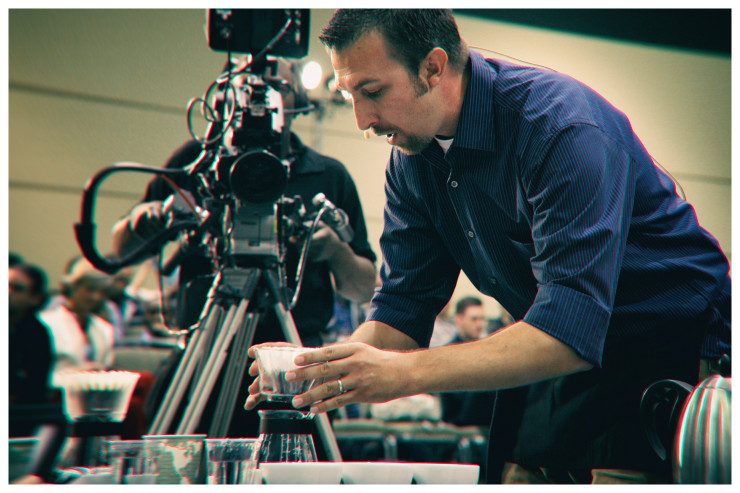
What type of impact does your firsthand coffee-farm experience have on your competing?
It’s having a little bit more of a story. It [brings] a more human touch, I guess you could call it, to the coffee. Being able to say, “I was there, and this is what I saw.” I’ve been on farms, I’ve seen Geshas; they are typically a little frail-looking in comparison to a Caturra or Catuai growing in the same area. They’re a little more delicate. [But] when I walked in Elida, the first thing I noticed was that these trees did not look frail—they had really thick trunks to them. It became a great conversation between myself and Rachel. Why do these have thick trunks? I got to hear all about the wind in the area, how they had to put [up] these windbreakers, and how the trees were stressed at a young age, so they grew outward instead of up for the first few years. And it changed how the trees look now.
Being there gave me a little more intimacy with the coffee. And that gave me the ability to share that information, that knowledge, with our customers, our class, and with the judges in the competition.
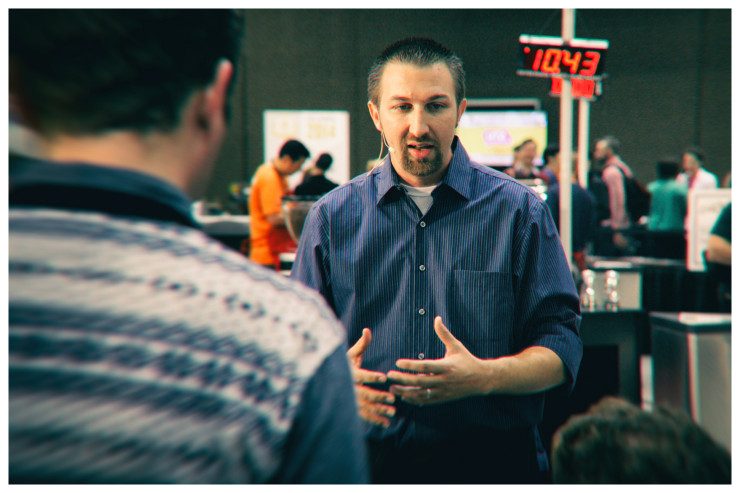
You were recently down in Panama. How was the trip, and did you find your World Brewers Cup competition coffee?
Yeah. After I won, I was able to get invited down to Best of Panama. I got the opportunity to taste some of the most amazing coffees I’ve ever had in my life—really fascinating Pacamaras…some of the most amazing Pacamaras I’ve ever had, I had down there.
I wasn’t a judge, but I got to taste the exact same coffee the judges were tasting. I did, at the end of it, select my [competition] coffee—I’m not going to share what it is just yet, but I got it, I threw it in my suitcase, and I brought it back to the States. It’s here with me and I’ve been practicing with it all week.
You touched on it a little bit earlier but, once you select the coffee, how do you approach your brewing device and the coffee service in preparation for competition?
Each brewing device that I can get my hands on I will play with. Each brewing device, I have a go-to recipe I start with. I do have a list of recipes I’ll go to and I’ll just try one.
I’ll brew with it and I’ll see what I like and don’t like, and make adjustments. I try to dial in that brewing device [to] the coffee as best I can. Then I’ll do the exact same thing with another one, and I’ll brew them both and compare. It’s a lot of experimentation, a lot of documenting everything I do along the way, and then I see which one tastes the best.
What are you looking forward to experiencing in Dublin when you go to the World Brewers Cup in a couple weeks?
I have two sons, eight and 10 years old, and they’re going to be coming with me to Dublin. So I’m really excited to have them watch me compete on the world stage.
Meeting up with other competitors I’ve met along the years is going to be fun. It’s always good to connect with friends.
And then, probably what I’m looking forward to the most is I’m going to stay for about four days after, and we’re just going to go out to the countryside and see Ireland.
Will your US Brewers Cup apron be making another appearance in Dublin?
I haven’t decided my apron for sure yet. I have my apron my mom made me, and I also got a really beautiful, awesome—I don’t know if it’s leather or exactly what it is—apron as a prize from a competition that I’ve been wearing around the warehouse lately. It’s pretty swag. [But] I haven’t quite decided on my outfit yet.
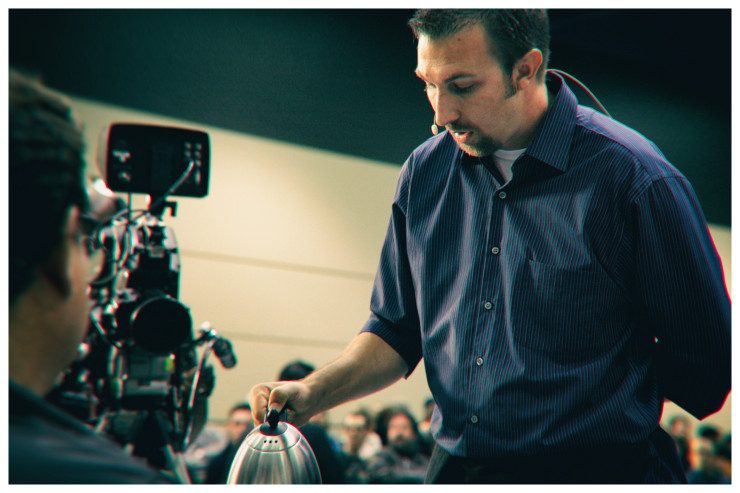
Is there any advice—from your years in competition in coffee—that you would give a home brewer who is just starting out or wants to improve what they’re doing?
The one piece of advice that I would give is to keep it simple.
I think that a lot of times, we, as coffee professionals, overcomplicate things. Great home-brewing devices, things like Clevers, are awesome for the house because they are easy. You don’t have to buy fancy, expensive equipment. Just keep it basic and make it taste the way you like it. That’s the most important thing.
At home, I use a Bonavita batch-brew coffee pot. For me, it’s about having great beans and throwing them in there. It tastes great for me in the morning.
For home brewers, [just] make it taste good to you. It doesn’t have to be a Gesha. It doesn’t have to be that perfect cup. It has to be what you’re going to enjoy for your morning cup.
Is there anything else you’d like to add?
I’m excited for the World, excited to just go and do it. It’s definitely a different competition this year, they changed a lot of the rules. I just got my schedule and was looking at it. The time between my compulsory round and my open service is one hour.
You get out there. You compete. You go back. You clean your stuff. You reset. There’s no time to think. You just go. That’s kind of how I like it.
Awesome. Thank you so much for your time!
Evan C. Jones is a Sprudge.com contributor based in St. Louis. Read more Evan C. Jones on Sprudge.
